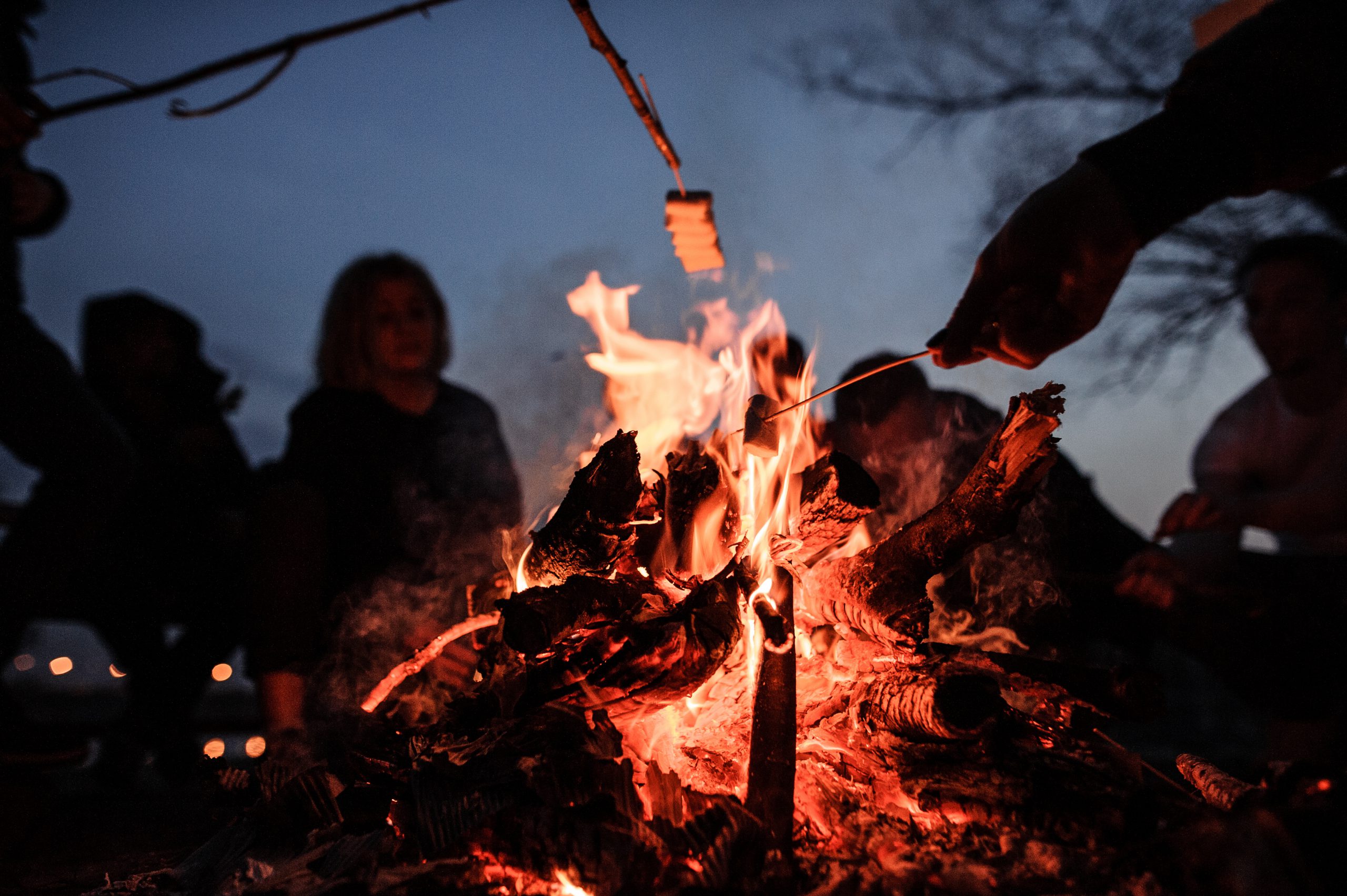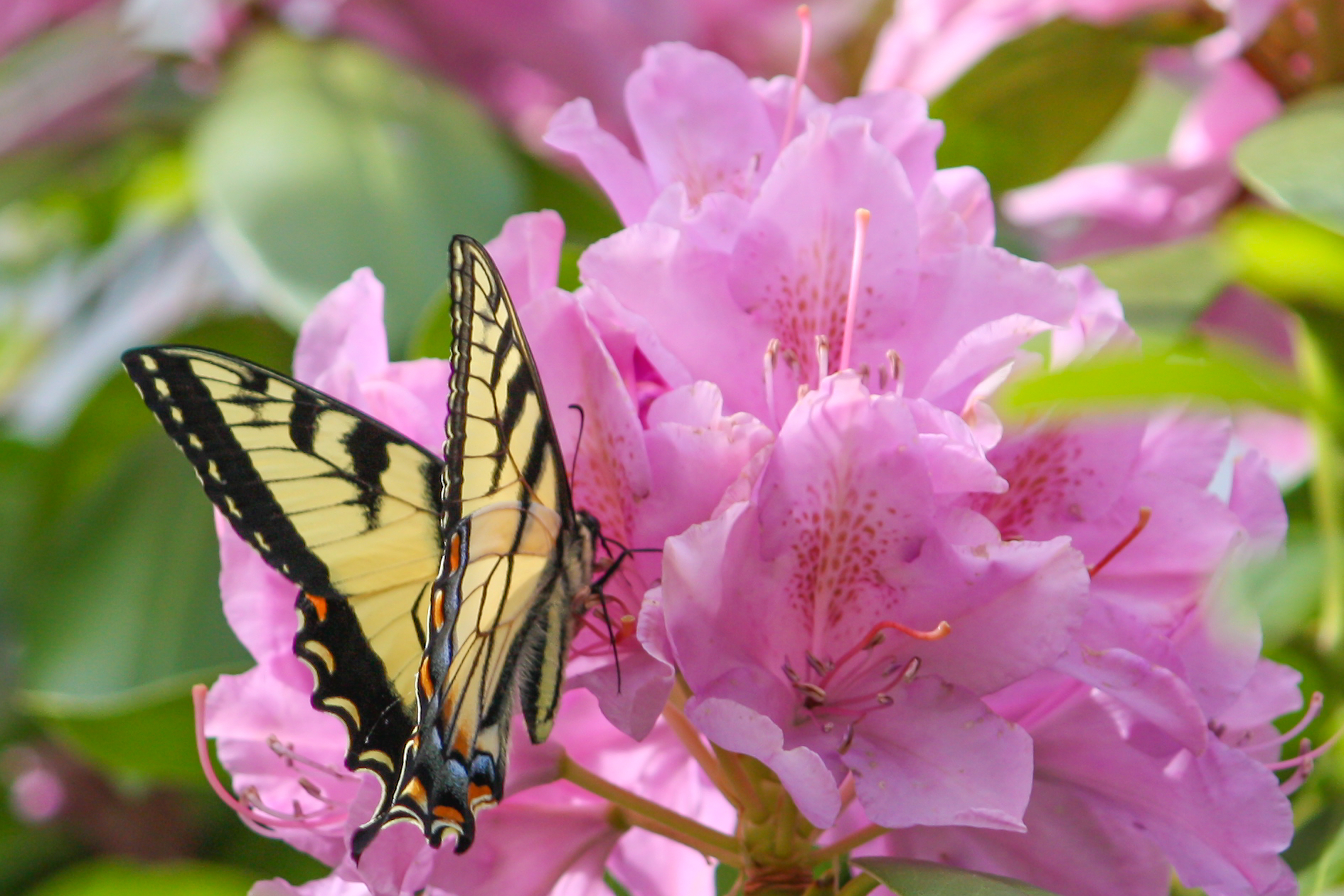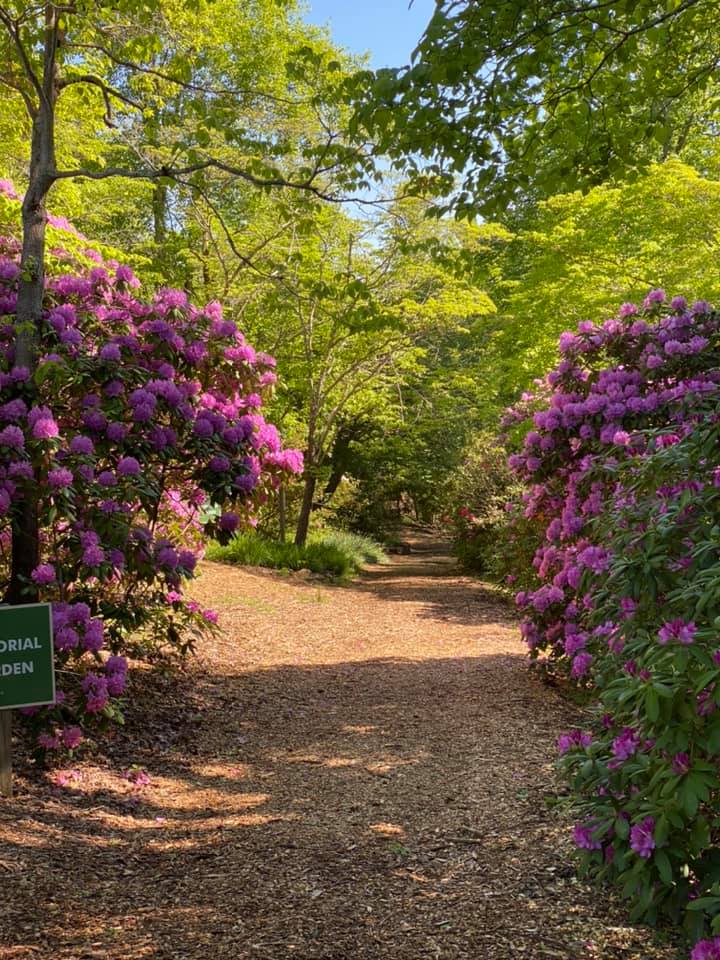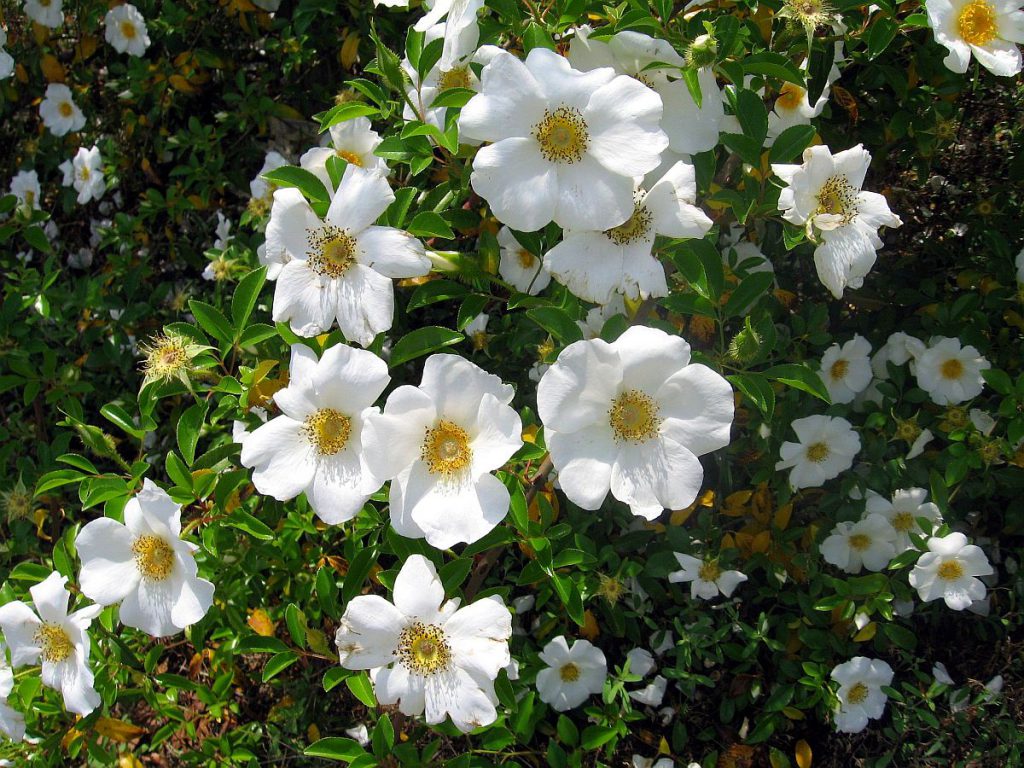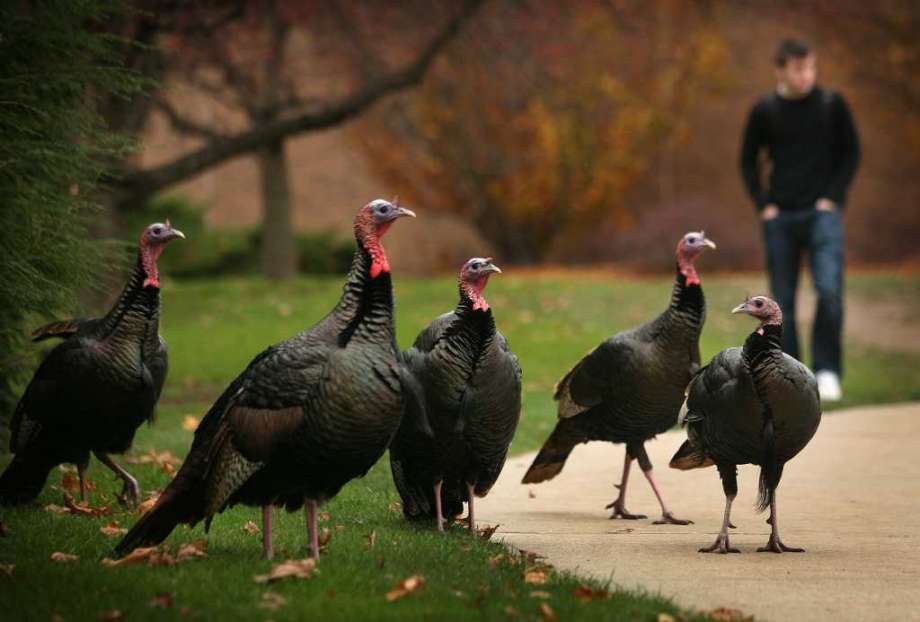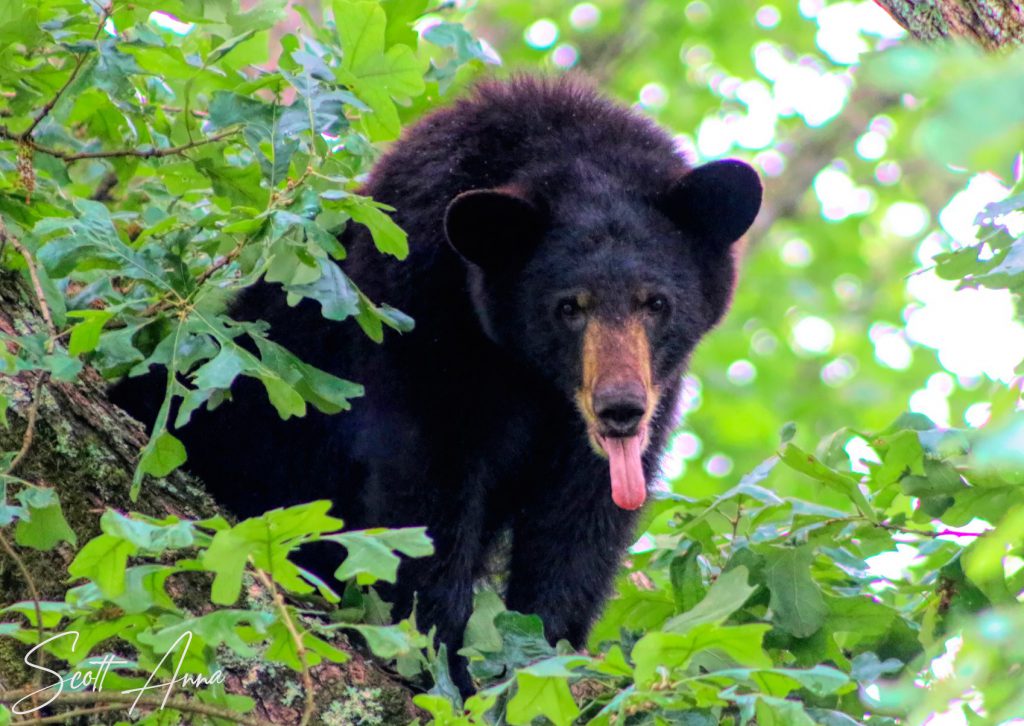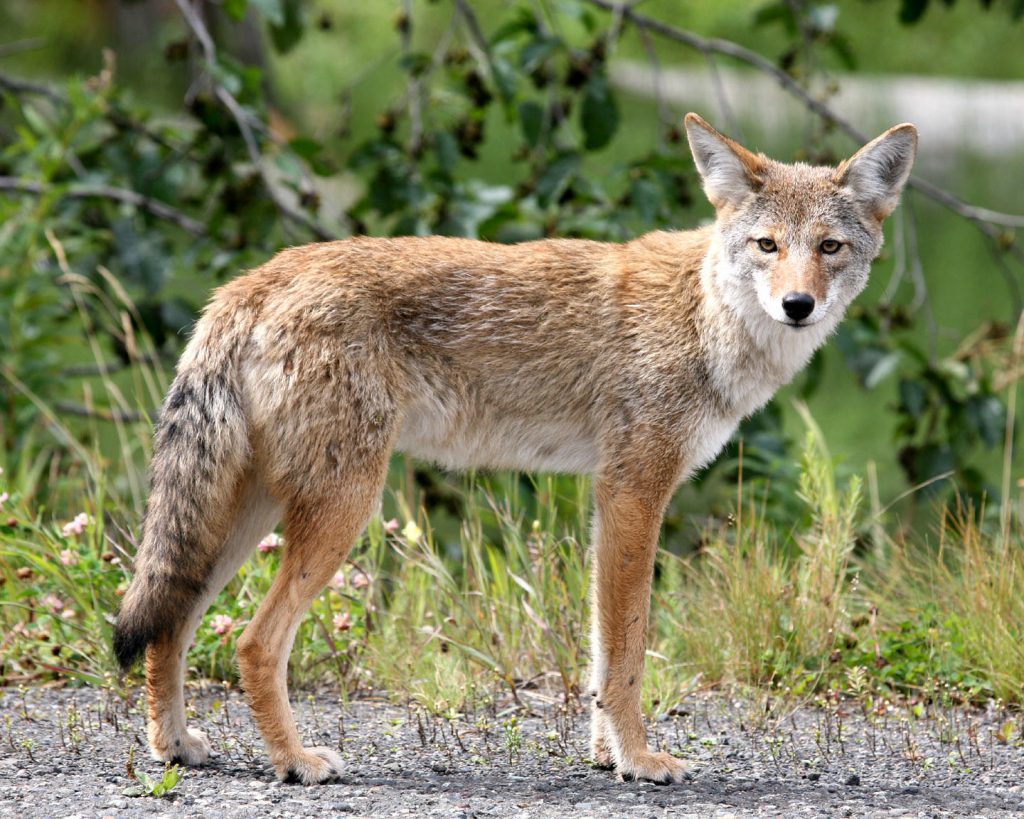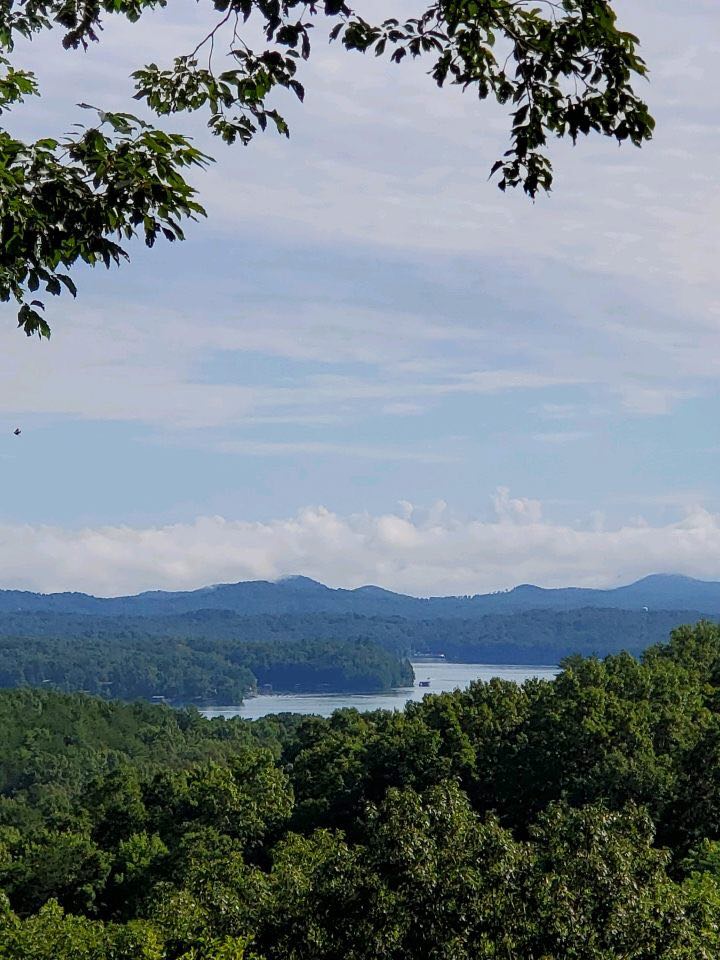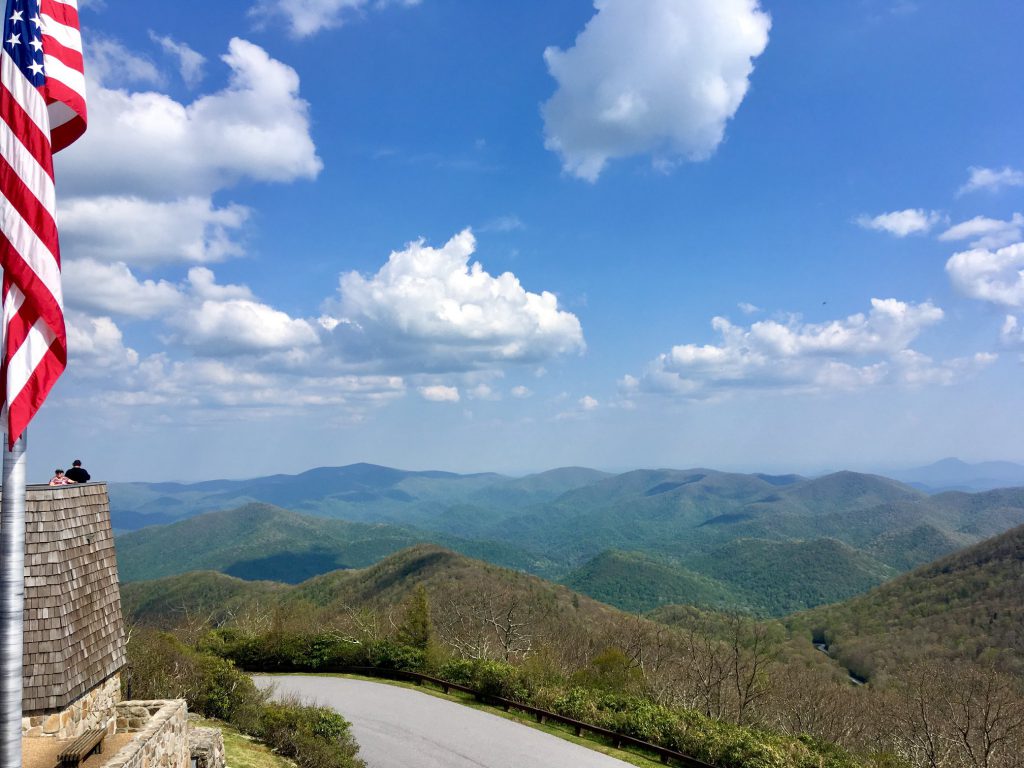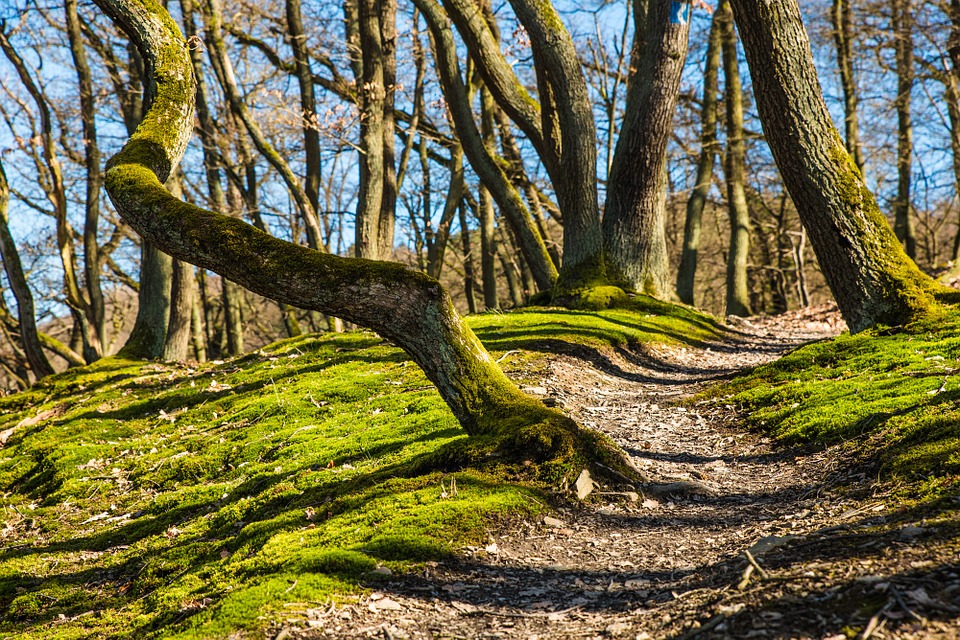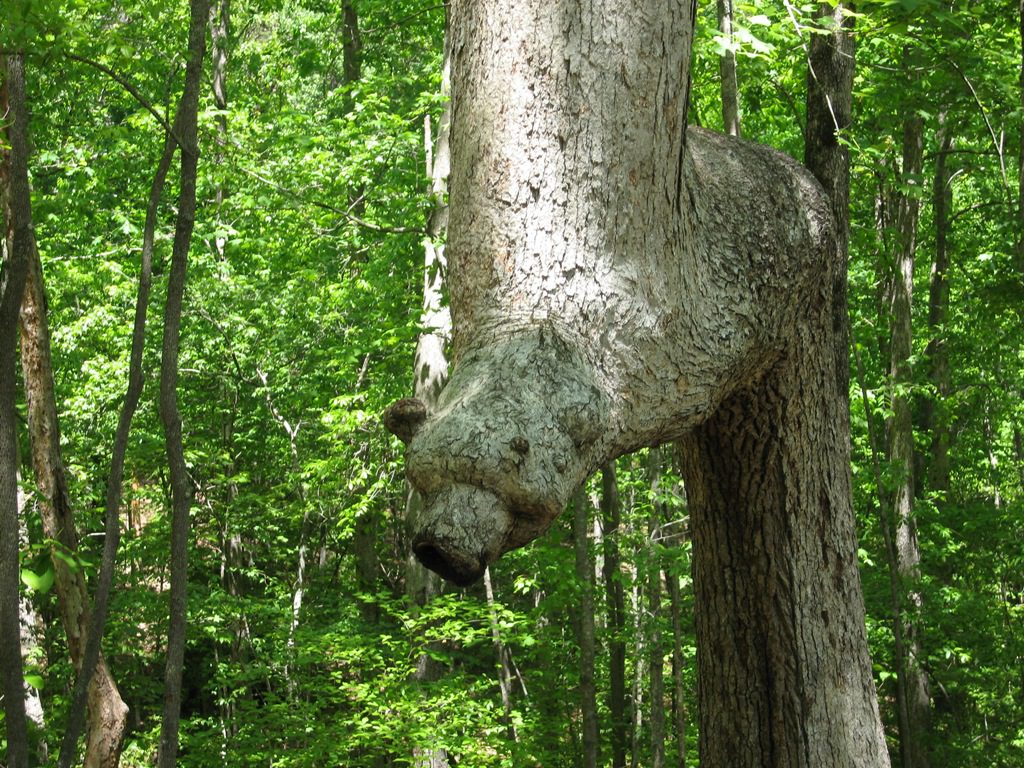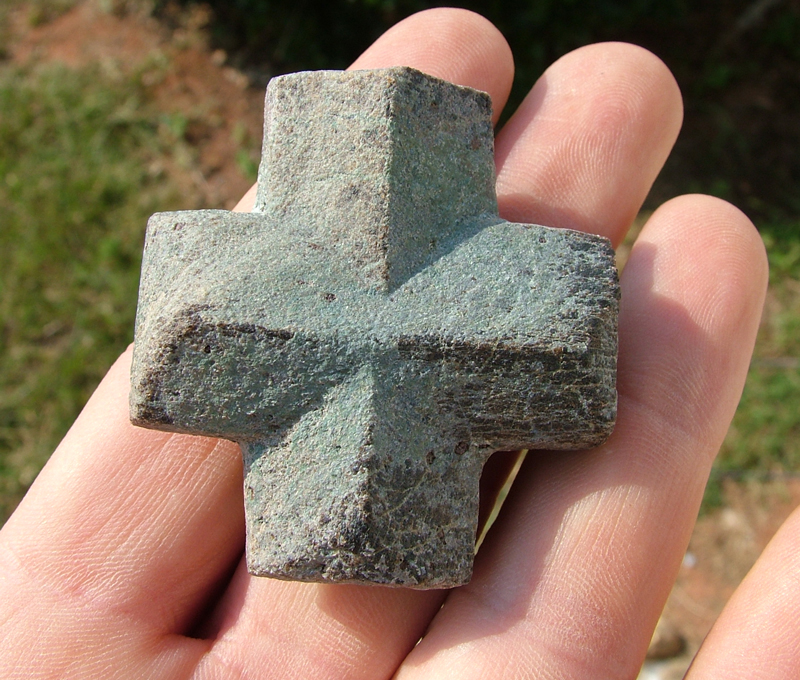I’m supposed to write to you about telling ghost stories around the campfire, but the truth is this writer is a big ‘ol scaredy cat and just researching good ghost stories is enough to have the hair on the back of my neck stand up! Why do we like telling ghost stories? Do we like to be scared or do we prefer to do the scaring and see someone else’s reaction? Is it the thrill of the story? The adrenaline rush when your brain is thinking is this a fight or flight situation? I mean, we know it’s not real and can’t possibly be true, but…….why is this so scary then?
I’ve been around firepits where some of the funniest moments that ever happened was when someone got super scared. You know the scared I mean, when they are all tensed up, on high alert, and usually make some really strange and high pitched shrieking sounds. Next thing you know, they are tripping over themselves and acting a fool running back toward the safety of the cabin in a frantic wail! (That may or may not be a rather personal experience, but I’ll let you be the judge of that!)
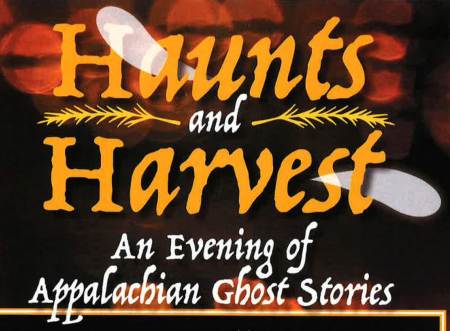
A dear friend is an amazing storyteller that puts on the Georgia Mountain Storytelling Festival and participates in Appalachian Story nights at the Haunts & Harvest at Blue Ridge Community Theater. So, I reached out to her to find out if there are any legends or lore in these Blue Ridge mountains that would be fit for a ghost story tale. She shared this super creepy Cherokee Tail that happened right here in these mountains that you may be interested in. But fair warning, if you don’t like to be scared or don’t want to be super creeped out try these lighter ghost stories and don’t scroll below to read the Cherokee Legend of Spear-Finger!

Ok. I lied. There is no such thing as “lighter” ghost stories. Even the kid’s ones are totally creepy! Why can’t we just stick to roasting marshmallows and singing “Kumbaya” around the campfire?! Ok. I’m pulling myself together. Here we go. I remember hearing this one as a kid. Maybe this was the beginning of my trauma. Courtesy of Café Mom, enjoy “The Pink Jelly Bean”.
Premise: At the end of a long, dark road is a long, dark path. At the end of the long, dark path is a lone, dark house. And the lone, dark house has a single, dark door. Behind the single, dark door is a long, dark hall. At the end of the long, dark hall are some tall, dark stairs. (Story continues, narrowing in from a room to a closet to a chest to a box, etc.) And in the small, dark box is … a pink jellybean!!!!
Notes for telling: The idea here is to build as much suspense as possible before you leap forward and dramatically shout the jellybean line. You’ll know you did it right if your audience reacts by instantly pooping their pants.
Here are a few more:
As promised, here’s one to make you shiver:
A Cherokee Legend – SpearFinger

Long, long ago there dwelt in the mountains a terrible ogress, a woman monster, whose food was human livers. She could take on any shape or appearance to suit her purpose, but in her right form she looked very much like an old woman.
But not an ordinary woman: her whole body was covered with a skin as hard as a rock that no weapon could wound or penetrate, and that on her right hand she had a long, stony forefinger of bone, like an awl or spearhead, with which she stabbed everyone to whom she could get near enough.
On account of this fact she was called U `tlun’ta “Spear-finger,” and on account of her stony skin she was sometimes called Nun’yunu’I, “Sone-dress.” There was another stone-clothed monster that killed people, but that is a different story.

Spear-finger had such powers over stone that she could easily lift and carry immense rocks, and could cement them together by merely striking one against another. To get over the rough country more easily she undertook to build a great rock bridge through the air from Nunyu’tlu `gun’yi, the “Tree rock,” on Hiwassee, over to Sanigila’gi (Whiteside mountain), on the Blue Ridge, and had it well started from the top of the “Tree rock” when the lightning struck it and scattered the fragments along the whole ridge, where the pieces can still be seen by those who go there. She used to range all over the mountains about the heads of the streams and in the dark passes of Nantahala, always hungry looking for victims. Her favorite haunt on the Tennessee side was about the gap on the trail where Chilhowie mountain comes down to the river.
Sometimes an old woman would approach along the rail where the children were picking strawberries or playing near the village, and would say to them coaxingly, “Come, my grandchildren, come to your granny and let granny dress your hair.”
When some little girl ran up and laid her head in the old woman’s lap to be petted and combed the old witch would gently run her fingers through the child’s hair until it went to sleep, when she would stab the little one through the heart or back of the neck with the long awl finger, which she had kept hidden under her robe. Then she would take out the liver and eat it.
She would enter a house by taking the appearance of one of the family who happened to have gone out for a short time, and would watch her chance to stab someone with her long finger and take out his liver.
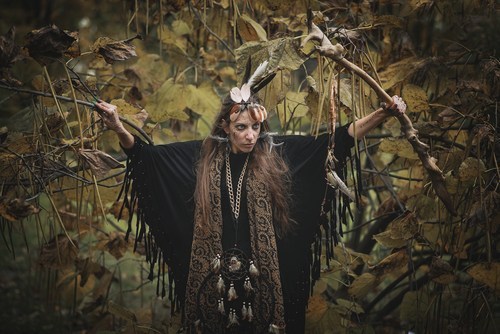
She could stab him without being noticed, and often the victim did not even know it himself at the time – for it left no wound and caused no pain – but went on about his own affairs, until all at once he felt weak and began gradually to pine away, and was always sure to die, because Spear-finger had taken his liver.
When the Cherokee went out in the fall, according to their custom, to burn the leaves off from the mountains in order to get the chestnuts on the ground, they were never safe, for the old witch was always on the lookout, and as soon as she saw the smoke rise she knew there were Indians there and sneaked up to try to surprise one alone.
So as well as they could they tried to keep together, and were very cautious of allowing any stranger to approach the camp. But if one went down to the spring for a drink they never knew but it might be the liver eater that came back and sat with them.
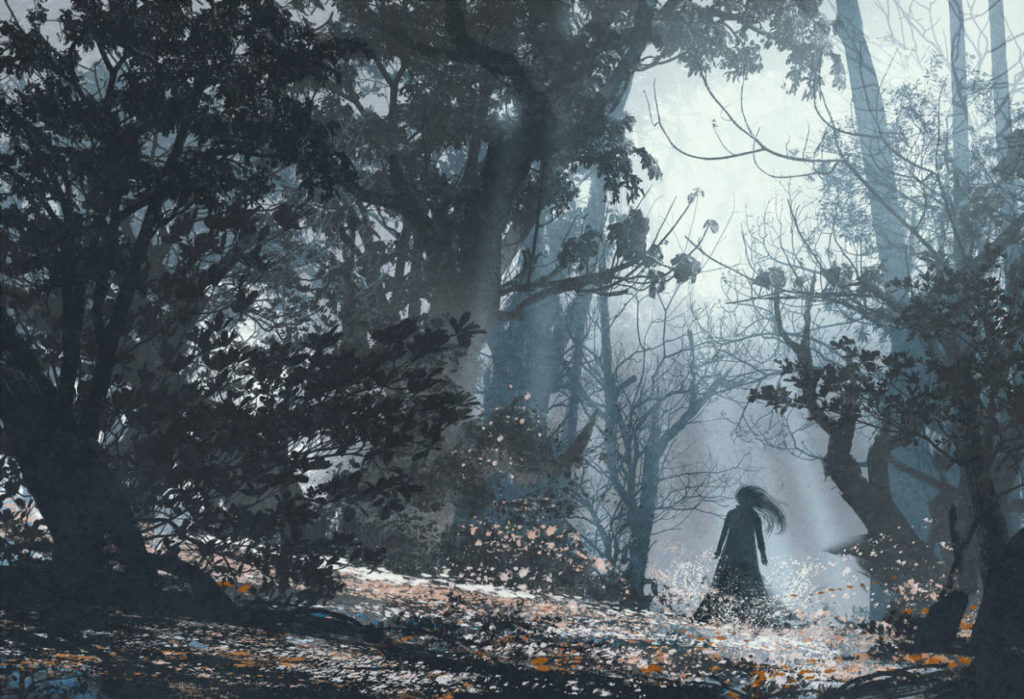
Sometimes she took her proper form, and once or twice, when far out from the settlements, a solitary hunter had seen an old woman, with a queer-looking hand, going through the woods singing low to herself:
Uwe’la na’tsiku’. Su’ sa’ sai’.
Liver, I eat it. Su’ sa’ sai’.
It was rather pretty song, but it chilled his blood, for he knew it was the liver eater, and he hurried away, silently, before she might see him.
At last a great council was held to devise some means to get rid of U `tlun’ta before she should destroy everybody. The people came from all around, and after much talk it was decided that the best way would be to trap her in a pitfall where all the warriors could attack her at once.
So they dug a deep pitfall across the trail and covered it over with earth and grass as if the ground had never been disturbed. Then they kindled a large fire of brush near the trail and hid themselves in the laurels, because they knew she would come as soon as she saw the smoke.
Sure enough they soon saw an old woman coming along the trail. She looked like an old woman whom they knew well in the village, and although several of the wiser men wanted to shoot at her, the other interfered, because they did not want to hurt one of their own people. The old woman came slowly along the trail, with one hand under her blanket, until she stepped upon the pitfall and tumbled through the brush top into the deep hole below.
Then, at once, she showed her true nature, and instead of the feeble old woman there was the terrible U`tlun’ta with her stony skin, and her sharp awl finger reaching out in every direction for someone to stab.
The hunters rushed out from the thicket and surrounded the pit, but shoot as true and as often as they could, their arrows struck the stony mail of the witch only to be broken and fall useless at her feet, while she taunted them and tried to climb out of the pit to get at them. They kept out of her way, but were only wasting their arrows when a small bird, Utsu’ gi, the titmouse, perched on a tree overhead and began to sing “un, un, un.”
They thought it was saying u’nahu’, heart, meaning that they should aim at the heart of the stone witch. They directed their arrows where the heart should be, but the arrows only glanced off with the flint heads broken.
Then they caught the Utsu’ 1gi and cut off its tongue, so that ever since its tongue is short and everybody knows it is a liar. When the hunters let go it flew straight up into the sky until it was out of sight and never came back again. The titmouse that we know now is only an image of the other.

They kept up the fight without result until another bird, little Tsikilili, the chickadee, flew down from a tree and alighted upon the witch’s right hand. The warriors took this as a sign that they must aim there, and they were right, for her heart was on the inside of her hand, which she kept doubled into a fist, this same awl hand with which she had stabbed so many people.
Now she was frightened in earnest, and began to rush furiously at them with her long awl finger and to jump about in the pit to dodge the arrows, until at last a lucky arrow struck just where the awl joined her wrist and she fell down dead.
Ever since the tsikilili is know as a truth teller, and when a man is away on a journey, if this bird comes and perches near the house and chirps its song, his friends know he will soon be safe home.
But wait. There’s one more we have to share. The Blue Ridge Witch or the Ghost of Tilley Bend
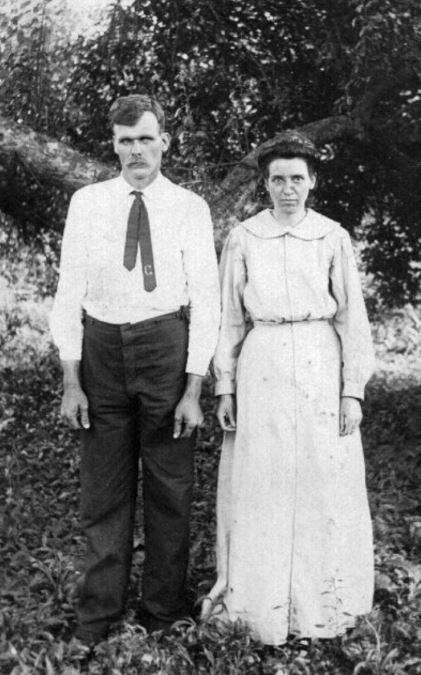
The Bradleys and Stanleys had a feud akin to the Hatfields & McCoys. After an unfortunate incident where several Tilleys were killed, retribution was due to the Stanleys. When the attack occurred, Elizabeth’s pregnant daughter, that was married to a Stanley, watched her husband be murdered and she and her child later died in childbirth. Distraught and outraged Elizabeth cursed both the Stanleys and the Bradleys that no child would be born to either family. And sure enough every single child was either still-born, miscarried, or died within the 1st year.
The Tilley family decided enough was enough and to break the curse, they must break Elizabeth. But before she was hung from a tree and given a witch’s burial, Elizabeth vowed to come back. Some say she came back through her sister-in-law Mary who one year to the DAY of Elizabeth’s hanging, Mary hung from the same. exact. tree. There are many reports of sightings of a woman in a long dress walking around, crying sounds, and feeling cold spots. 😲
Sourced: https://wanderluster21.wordpress.com/2017/09/28/is-this-graveyard-and-church-haunted-the-tale-of-til… & https://vocal.media/horror/blue-ridge-witch-haunting-of-tilley-bend-church
